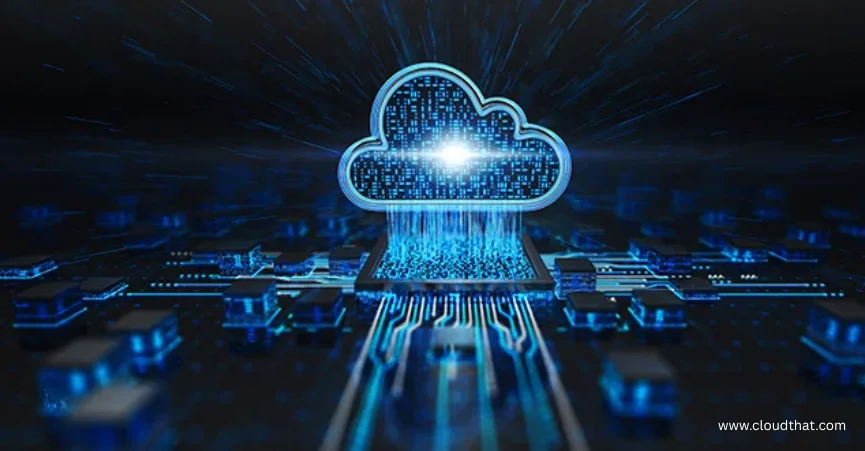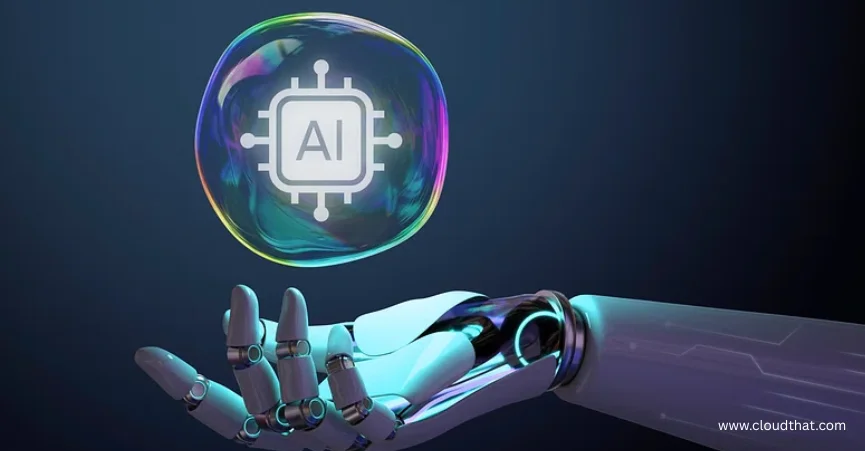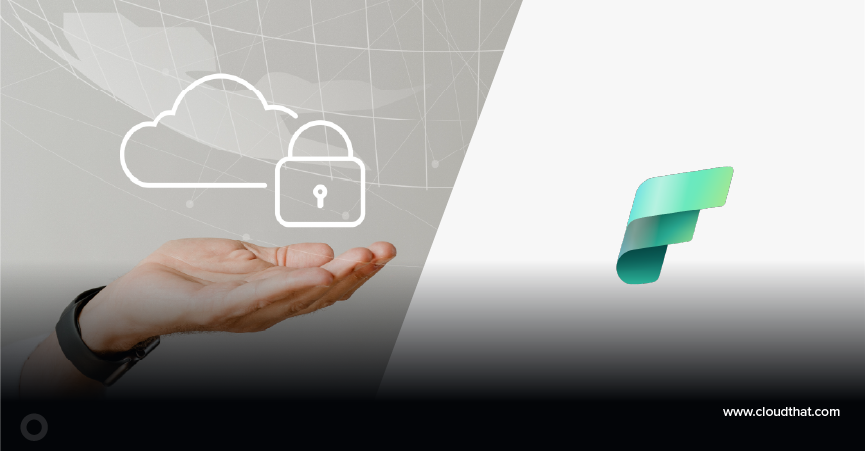|
Voiced by Amazon Polly |
Overview
Neo4j is designed to handle, store effectively, and query highly linked data in your data model. Your real-world, variably structured information can be represented using a robust and adaptable data model without sacrificing its richness.
Freedom Month Sale — Upgrade Your Skills, Save Big!
- Up to 80% OFF AWS Courses
- Up to 30% OFF Microsoft Certs
- Ends August 31
What is Graph Database?
Data is represented and stored using graph databases, which use graph structures containing nodes, edges, and properties. The graph connects data points to an arrangement of nodes and edges, where edges signify connections between nodes. The purpose of a graph database is to treat the relations between the data as significant as the data itself.
Why Graph Database?
Rows and columns store data in relational databases with a structure modeled like a ledger. The foreign key constraint describes the relationship between the two tables. The numerous joins and normalization steps result in data redundancy, which becomes complicated when there is an indirect relationship between large amounts of data.
Graph databases become more potent when linkages between data elements are much more significant.
Properties of Graph Model

- Nodes – Graph nodes are the objects in them. They can store infinite properties, or key/value pairs, as attributes. Nodes can have labels attached to them to indicate their various roles. Additionally, node labels are used to link specific nodes to metadata.
- Relationship – Between two node entities, relationships offer identified, directed links that are semantically important. Relationships have four constants: type, direction, start node, and end node. Properties are also a possibility for relationships.
What is Neo4j?
- The graph database management system Neo4j (Network Exploration and Optimization 4 Java) implements ACID principles, is schema-free (NoSQL), and is very scalable. Neo4j stores and manages its data using the property graph approach.
- Cypher is a powerful declarative language offered by Neo4j. Cypher is a query language for Neo4j that is user-friendly and employs ASCII-Art to represent visual graph patterns.
Creating Node using CQL
- Creating a single node –
Syntax –
|
1 |
CREATE (node); [semi-colon is optional] |

2. Creating multiple nodes –
Syntax –
|
1 |
create (node1), node(2),.. |

3. Creating a node with a label –
Syntax –
|
1 |
create (node:label) |

4. Creating a node with label & key-value pair –
Syntax –
|
1 |
create (node:label {key:value}) |

Creating Node with Relationship
- Creating nodes and relationships between them
Syntax –
|
1 |
create (node1:label)-[:RelationshipType]->(node2:label) |

2. Creating a relationship with labels and properties
Syntax –
|
1 |
create (node1)-[:RelationshipType{properties}]->(node2) |

Retrieving Data
- Retrieve all nodes available in the database
Syntax –
|
1 |
match (n) return n |

2. Return nodes with a specific label –
Syntax –
|
1 |
match(n:label) return n |

3. Retrieve nodes based on a specific relation
Syntax –
|
1 |
match (node:label)<-[:Relationship]-(n) return n |

4. Retrieve node with a specified property value
Syntax –
|
1 |
match (n) where n.property = “value” return n |

5. Retrieve nodes with multiple specified properties
Syntax –
|
1 |
match (n) where n.property1 = “value1” and n.property2 = “value2” return n |

Updating Node values
- Update existing property
Syntax –
|
1 |
match(n:label{property}) set n.property=”value” |


2. Removing an existing property from the node
Syntax –
|
1 |
match(n:label{property}) set n.property=NULL |


3. Set the table to an existing node
Syntax –
|
1 |
match(n {property}) set n:label |


Deleting Node
- Delete all nodes and relationships in the database
Syntax –
|
1 |
match(n) detach delete n |
- Delete particular node with specified label and properties
Syntax –
|
1 |
match(n:label {properties}) detach delete n |
- Removing specified property of a node
Syntax –
|
1 |
match(n:label {properties}) remove n.property |

4. Removing the label of a node
Syntax –
|
1 |
match(n:label {properties}) remove n:label |
Conclusion
Neo4j is a high-performance graph store with all the characteristics of a mature and robust database, such as an easy-to-use query language and ACID transactions. The programmer works using a flexible network structure of nodes and associations rather than static tables — while reaping the benefits of an enterprise-quality database.
Freedom Month Sale — Discounts That Set You Free!
- Up to 80% OFF AWS Courses
- Up to 30% OFF Microsoft Certs
- Ends August 31
About CloudThat
CloudThat is an award-winning company and the first in India to offer cloud training and consulting services worldwide. As a Microsoft Solutions Partner, AWS Advanced Tier Training Partner, and Google Cloud Platform Partner, CloudThat has empowered over 850,000 professionals through 600+ cloud certifications winning global recognition for its training excellence including 20 MCT Trainers in Microsoft’s Global Top 100 and an impressive 12 awards in the last 8 years. CloudThat specializes in Cloud Migration, Data Platforms, DevOps, IoT, and cutting-edge technologies like Gen AI & AI/ML. It has delivered over 500 consulting projects for 250+ organizations in 30+ countries as it continues to empower professionals and enterprises to thrive in the digital-first world.
FAQs
1. Can I create a customized instance (RAM, CPU, storage) for Neo4j?
ANS: – Currently, users cannot customize their instances beyond the available options. Each instance comes with pre-defined RAM, CPU, and storage capacity.
2. What are the training and certifications available for learning Neo4j?
ANS: – There is a Neo4j Graph Academy where we can learn and practice the training and certifications related to Neo4j.
3. What is the relation between GraphDB and RDBMS?
ANS: – Like in RDBMS, we have primary and foreign keys for relationships between two tables. In GraphDB Neo4j, nodes are related to one another via relationships where relationships are also independent data containing information.

WRITTEN BY Sahil Kumar
Sahil Kumar works as a Subject Matter Expert - Data and AI/ML at CloudThat. He is a certified Google Cloud Professional Data Engineer. He has a great enthusiasm for cloud computing and a strong desire to learn new technologies continuously.


 Login
Login


 February 28, 2023
February 28, 2023 PREV
PREV










Comments